Scuba Diving in Menjangan - Bali
MENJANGAN – Diving spots & Dive sites Map
MENJANGAN – Diving spots & Dive sites Map
Menjangan Island is one of Bali’s most pristine and peaceful scuba diving destinations. Located inside West Bali National Park, this protected marine area is famous for its healthy coral reefs, calm conditions, and excellent visibility. Unlike many other dive areas in Bali, Menjangan is known for its relaxed dives, making it ideal for divers who want to enjoy long, comfortable underwater explorations.
The island is especially renowned for its spectacular wall dives, where colorful hard and soft corals grow straight down into the blue. Large sea fans, sponges, and vibrant reef fish create impressive underwater scenery, while the gentle conditions allow divers to fully enjoy the dive without stress from strong currents.
Menjangan diving suits a wide range of divers, from beginners and Open Water divers to underwater photographers and experienced divers looking for calm, high-quality reef diving. The protected status of the area means marine life is abundant, visibility is often very good, and dives feel untouched and natural.
For divers seeking clear water, beautiful walls, and a peaceful atmosphere, Menjangan Island offers a very different experience compared to busier dive sites in Bali

AVB
JKGJHF
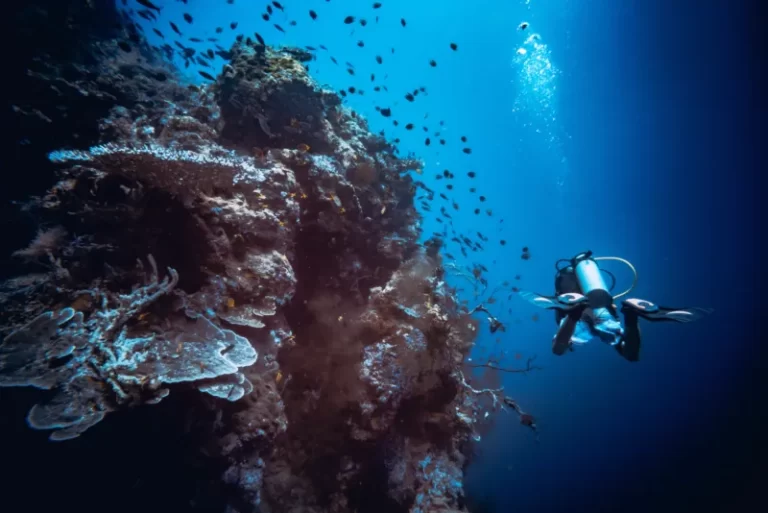
JKGJHF
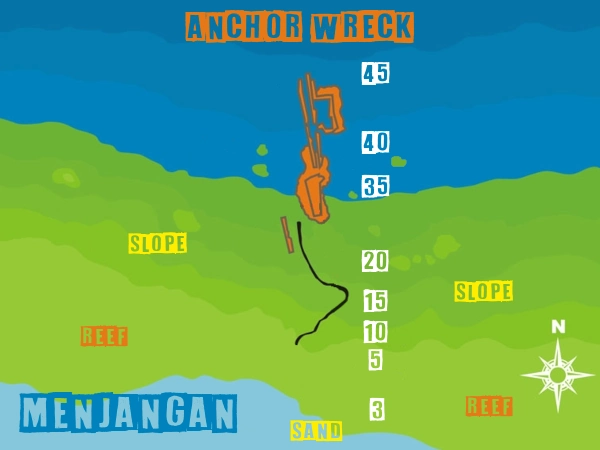
JKGJHF
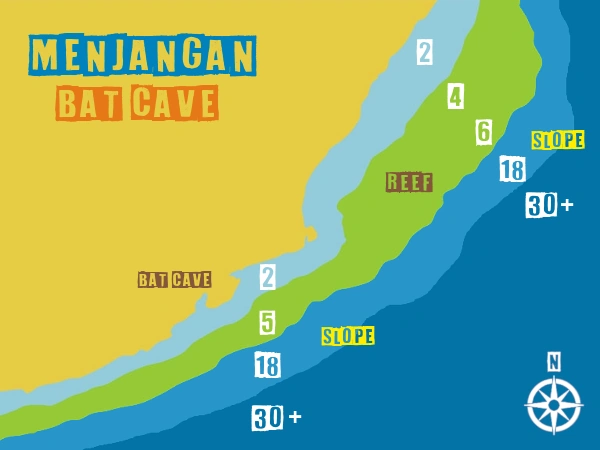
JKGJHF
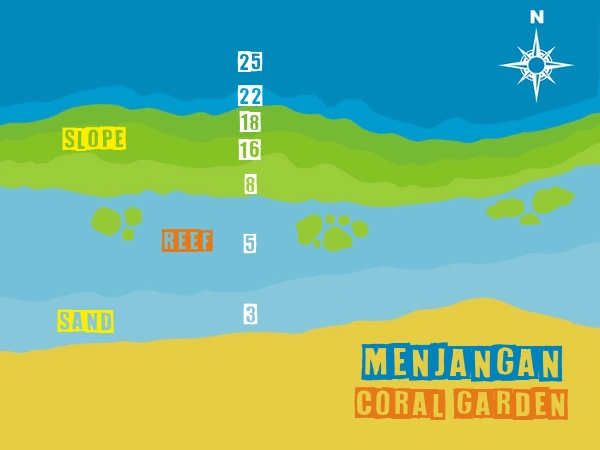
JKGJHF

JKGJHF
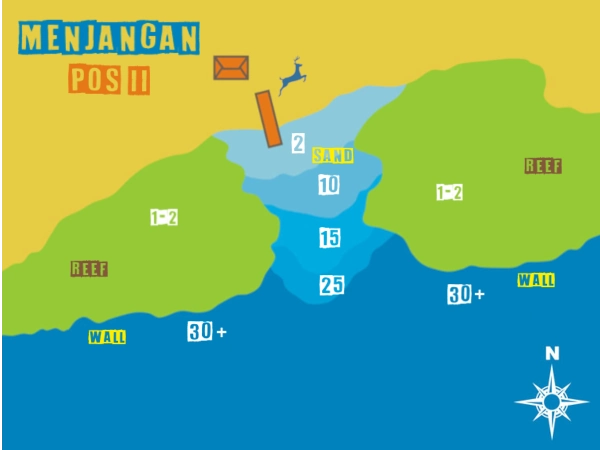
JKGJHF
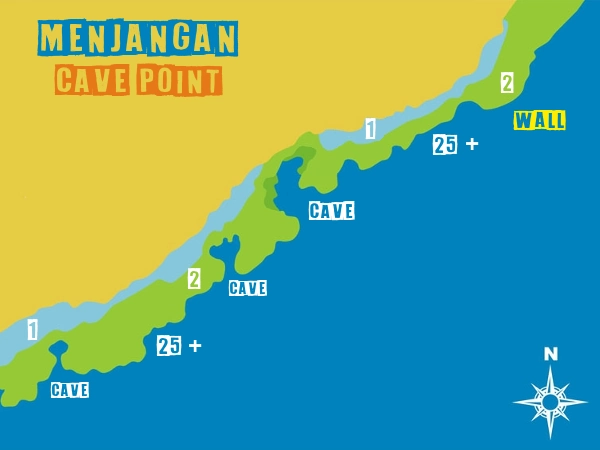
JKGJHF
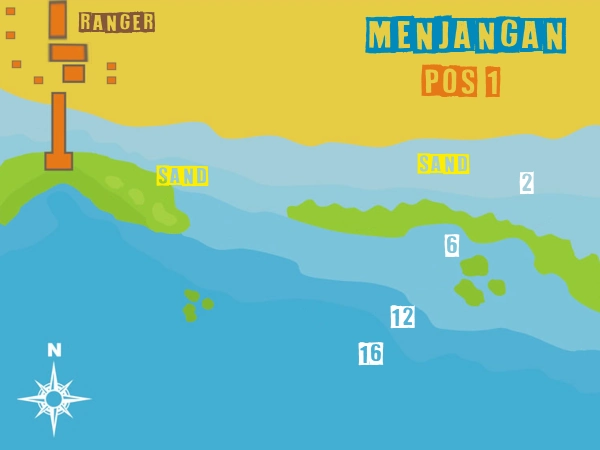
JKGJHF
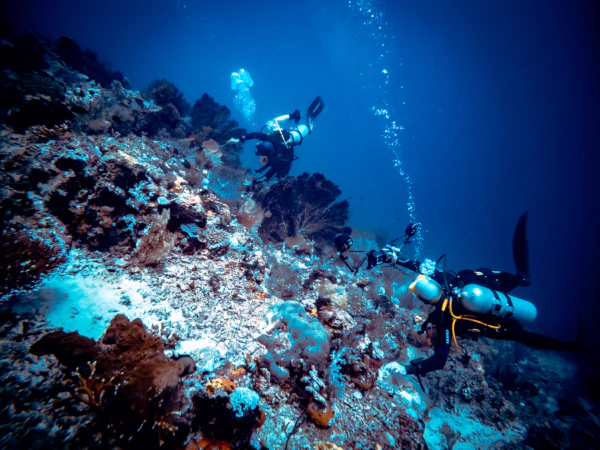
JKGJHF
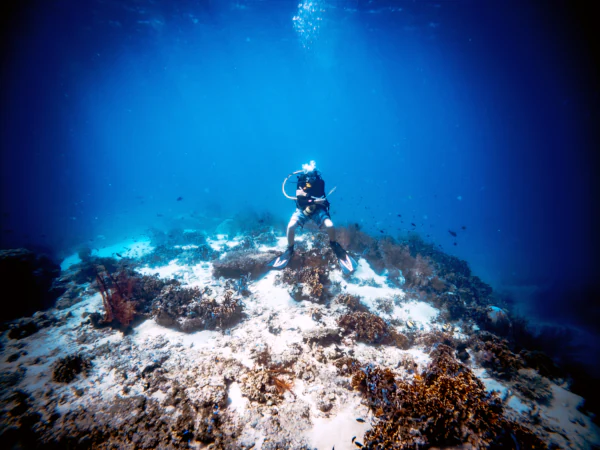
JKGJHF

JKGJHF
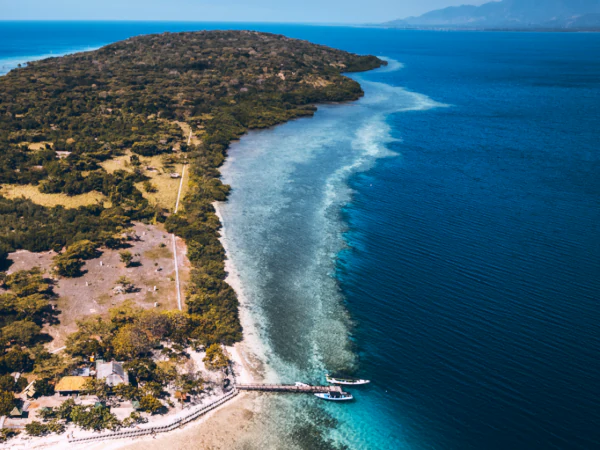
Menjangan diving boasts some of the most diverse reef life available in Bali, and some of the best coral growth, making it truly a world-class site; thus it is well worth the extra trip to get there. The water is mostly extremely clear with visibility up to 35m; temperatures range around 28 – 31 dergrees, with white tip sharks, turtles, jackfish, lionfish, leaf scorpion fish, banner fish, trigger fish and batfish all a likely sighting.
With this diversity of underwater topography, Menjangan Island is probably the best all-round dive-spot in Bali – an unmissable destination for any diver, whether beginner or advanced. For photographers there is plenty of opportunity for spectacularly colourful shots, and you can spend several days here without repeating any experience!
| Type | Reef, Wall, Drift |
| Access | 3 1/2 hours by car from the South, then 40 minutes by boat – backwards roll boat entry. |
| Coral/bottom | Massive fields of soft coral, whip coral, fan coral, hard coral etc. |
| Marine life | Nudibranches, huge amounts of reef fish, turtles, black- and white-tip reef sharks, anemone shrimps, frogfish, pigmy sea-horses. |
| Current/conditions | None to manageable |
| Visibility | 10m – 35m |
| Depth | 5 – 40m |
| Experience level | From complete beginner to advanced |
| Photography | Wide angle, macro, snapshot |
Diving at Menjangan is only available with an overnight stay or as part of a safari-trip. Pick-up in Sanur is early – about 7am – and the drive to the divebase in Nara Gawana takes about 3 1/2 hours. After relaxing for a little in the divebase, a boat picks us up from the private jetty, and the boat trip to the island takes about 40 minutes. The day includes 2 dives with a surface interval of 1 hour including lunch, then the boat goes back to the harbour. A short drives takes you to the hotel, for a relaxing evening, before driving on the next day. (the exact itinerary may vary from one safari to the other.)
The south coast is mostly a wall dive with a shelf of hard coral full of nurseries for reef fish at 3m, down a coral wall with gullies and open caves, covered in reef-life, down to 45m.
The north coast is mostly a slope, with hard- and soft-coral fields completely covering the flat area at 4m – 9m, with some sandy areas and many coral blocks and small reefs. Off the edge the reef slope becomes steeper, falling away into a shallow wall (down to 35m) covered in coral, and abundantly inhabited.
Each end of the Island gets tidal currents, making for lovely drift-diving along the deep wall to the East, at Batcave, and across the sandy area to the West at Eel Garden (for many, the best dive-site here). Out in the blue you can get jacks, trevallies, tuna, black-tip reef sharks.
Pos II
With a jetty and a beach, it’s a good place for lunch. You can dive directly from the jetty, in the shelter of the small bay, between the walls of the bay, and turn either left (east to Batcave) or right (west to Underwater cave) at any depth you like up from 3m to just over 40m where the bottom of the wall is.
Anchor Wreck
The anchor, where this site gets its name, lies at about 5m, encrusted with coral and still recogniseable with the classic form sticking 2m out of the reef; the thick chain lies in a line down the reef side, easy to follow all the way to the wreck at about 38m; pieces of the wreck are still visible, large beams and bolts, but much of it has already been plundered; tales tell of hundreds of bottles, copper plates etc – now all gone.
Batcave
To the East the wall is vertical and fairly flat, with many massive gogonians, and a huge abundance of all types of coral and life. The tidal currents are stronger here but not uncontrollable and never down or up, so it can make for a fun ride but is never stressful. Good coral growth typical of an area with currents like fan corals, brittle-stars, huge sponges, as well as many typical reef-fish, schooling fish such as banner-fish, mackrel, and a chance of reef sharks.
Underwater cave
To the West the coral wall has many gullies and channels creating many different environments, for many different critters; maybe pygmy seahorses, anglerfish (frogfish), large groupers, etc etc. The currents are never strong here so it’s a garden of eden amongst the corals, with many breeding reef-fish. Look out into the blue for a glimpse of reef sharks, tervallies, maybe Tuna.
Mangrove
lies a little further to the west, starting at a corner where the light shines beautifully down through the coral with beautiful blue light.
Balcony Reef is further west still; like mangrove, here is an amazing amount of life, all down the wall and in particular near the surface on the coral edge, where nurseries for fish make your safety stop a real joy, the corals full of clouds of colourful fish.
Pos I
is another good place to have lunch, and gives easy access to the next dive sites. Start out west from here, and you have some very nice coral on sandy bottom, at easy depths of abut 12-15m. Further round still is Eel Garden
Eel Garden
is probably the most interesting site here. Actually it’s worth several visits; the site has a deep wall (about 65m ) on the north west side, which hold in a 25m deep basin of sand. The south east side is full of big coral blocks with a sandy bottom, where the tidal currents sweep through. It gets its name from the thousands of garden Eels that inhabit the edge of the sandy area where the current rises over a ridge, bringing them nutrients – a wonderful sight!
IDR x.000.000
x dives